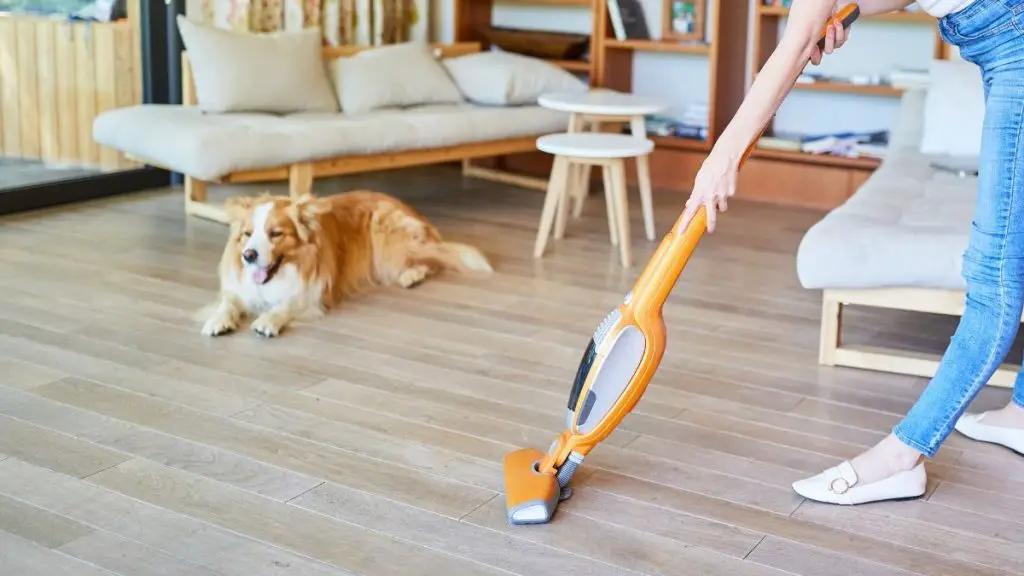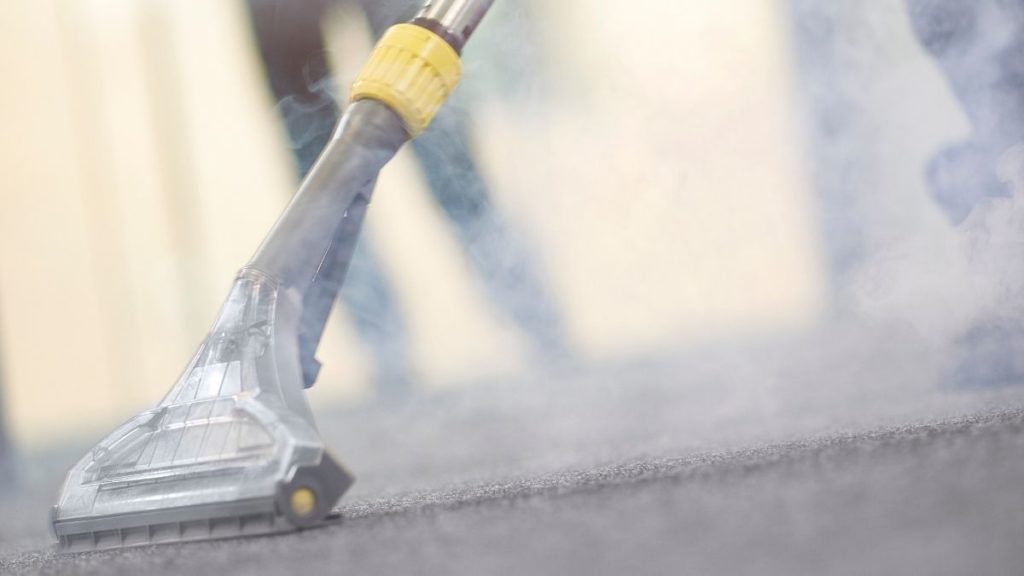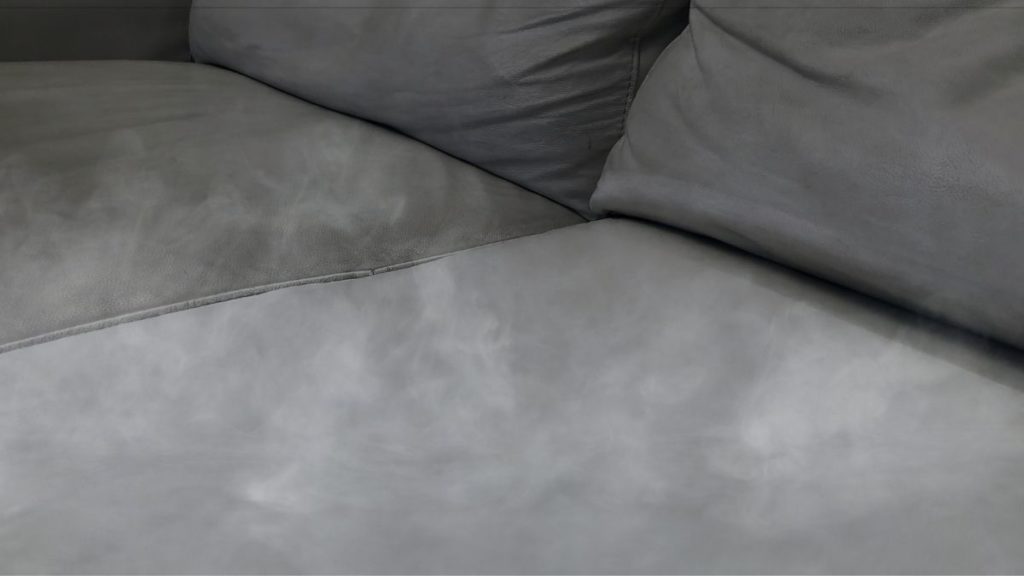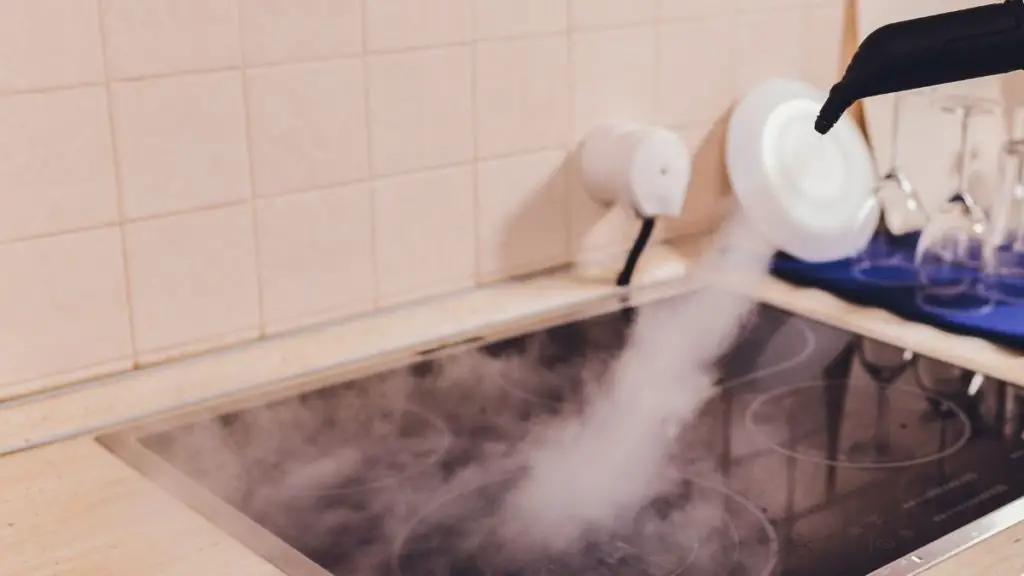How To Clean Ant Killer Out Of Car Carpet (after getting rid of the infestation)
*As an Amazon Associate we earn from qualifying purchases. The price to you remains the same.
Ants are pesky pests that get into homes and quickly set up shop. They can also get into our cars, drawn there by spilled food and drink in the vehicle.
If you’ve had an ant infestation in your vehicle, you’ve probably used ant remover to get rid of this creepy crawlies. However, that can leave you with a vehicle that’s full of ant-remover!
To get ant bait out of your car carpet, you’ll need to clean the floor with hot water. Soak the spilled ant bait or ant remover and then wipe clean after about an hour. Finish off by rinsing out your carpet.
Before you tackle the ant killer spill in your car, you’ll need to remove all personal belongings and trash. This helps make sure that you’re able to clean your car carpet.
Step One: Soak Some Sponges in Solution
Table of Contents
To get rid of ant killer in your car’s carpet, you’ll need to grab a sponge and soak it in hot water. The hotter the water, the better as this is will help break down the chemicals and get it out of your car’s carpet.
Step Two: Dab the Darned Stuff!
The next step is to dab the area where you spilled ant killer with the sponge. Feel free to get scrubby here, and to really work the water into your carpet.
Note: if this is an old ant killer that you’re dealing with, it might have hardened onto your car’s carpet. In that case, you may need to let the sponge soak into the carpet for a couple of hours before you move on to the next step.
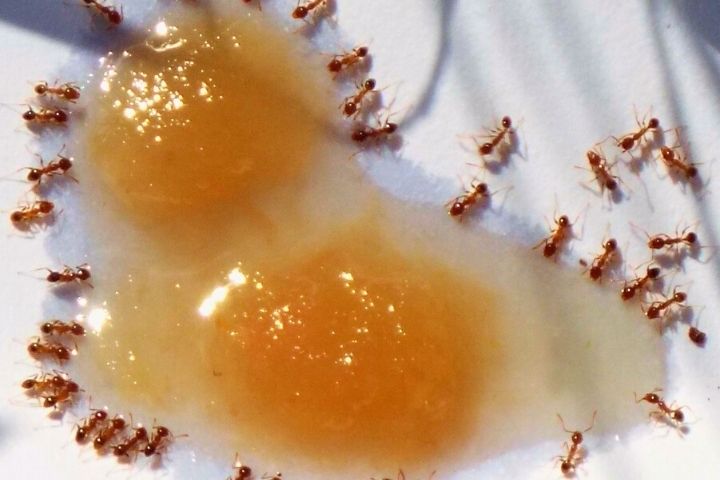
Step Three: Let It Dry, Let It Dry
After you’ve sponged down the ant killer stain, it’s time to let the area dry. Open the windows to your car and allow the spot to fully dry.
Once the carpet is dry, you can vacuum your car or steam clean it. These are great choices for getting the last of the debris out of your carpet and ensuring there’s no lingering ant killer.
Preventing Ants from Getting into Your Vehicle
Now, unless you want to be repeating this process frequently, it’s a good idea to prevent ants from getting into your car at all. That way you won’t have to use ant killer to get rid of them. Here are a few ways to prevent ant infestations in your vehicle.
Clean and Vacuum Your Car Regularly
One of the easiest ways to avoid getting ants in your car is to simply keep it clean. That means regularly vacuuming the inside of the car as well as the outside of the car.
You can either do this yourself in the backyard or take it to a professional. If you go to a professional, they can use chemicals that deter ants and keep your car clean for even longer.

Keep Food Out of the Car
Sometimes when you’re on the road there’s no choice and you simply have to eat. However, if you can avoid it, it’s best not to eat food in your vehicle.
The crumbs from your morning muffin can get into your car’s carpets and attract ants. That’s why keeping food out of the car altogether is a simple yet effective way to ward off ants.
If you have to eat in your car, try to keep your food in a wrapper. And, make sure to clean up and dispose of any spillage right away.
Take Out the Trash
Another ant attractor is trash. If you’ve got trash built up in your car, it can attract ants and lead to infestations.
At the end of the day, remove any wrappers, papers, and other garbage from your car. That way, no food waste sits in your car overnight to potentially attract ants.
Frequently Asked Questions

Is TERRO® Toxic to Humans?
TERRO® is toxic to humans, although only mildly. Still, it’s important to clean it up after it’s done its job so that animals and small children don’t accidentally ingest it and get sick.
How Do You Clean Dried TERRO®?
If you’ve got dried TERRO® on your carpets or in your car, you can use a little bit of hot water to get rid of it. Soaking the TERRO® will help loosen it before you work on removing it from the carpet.
Does TERRO® Dry Up?
TERRO® does dry up over time. It usually takes somewhere between 12 and 24 hours for the material to completely dry up.


